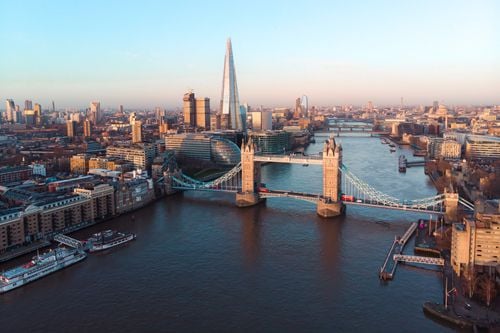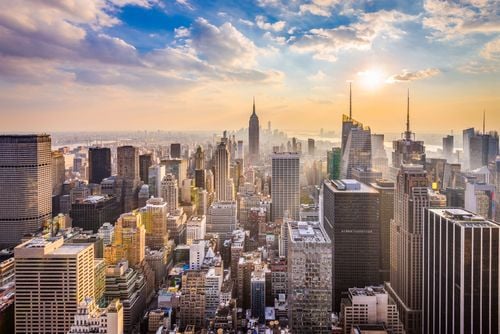The beginning of the 17th century was a tragic and dark chapter in Turkish history. After launching two wars at once, one in the west with Austria and the other in the east with Persia, Turkey suffered major defeats. The empire lost the Transcaucasian territories, giving way to the Persians. All this led to a decline in Turkey's authority on the world stage and weakened the status of its sovereign, Sultan Ahmed.
The Blue Mosque or Sultanahmet Camii is the most important mosque in Istanbul. It is also one of the main symbols of the city and of Turkey as a whole. Built during the difficult times of the Ottoman Empire, the mosque demonstrated the interweaving of Byzantine and Islamic architectural styles.
Today, the building is best known for being an architectural masterpiece. The building, known as the Blue Mosque, is named after its 20,000 blue tiles. The 260 windows let in plenty of light. This mosque is the only one in the world with six minarets. Its central dome is 45 metres high and has a diameter of around 23 metres. The four pillars supporting it are made of fluted marble, commonly known as "elephant's feet".
The Mihrab is made up of five different marbles to represent the five daily prayers. Every detail makes it unique. No wonder it transports us into a blue dream and is one of Istanbul's most popular tourist attractions.
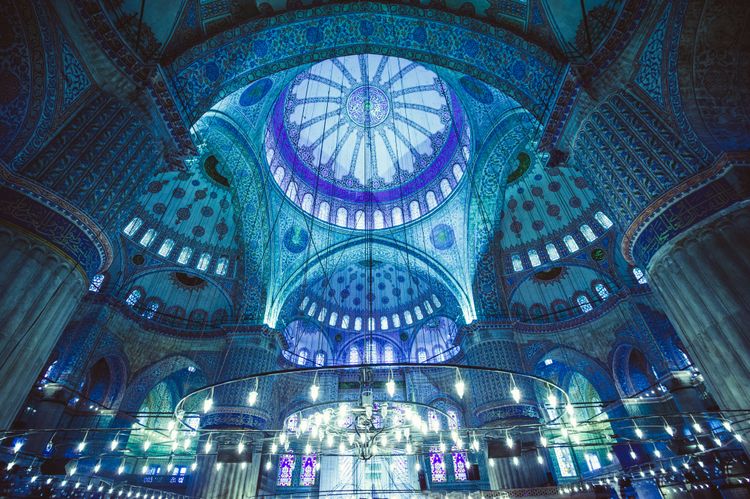
History of the Blue Mosque
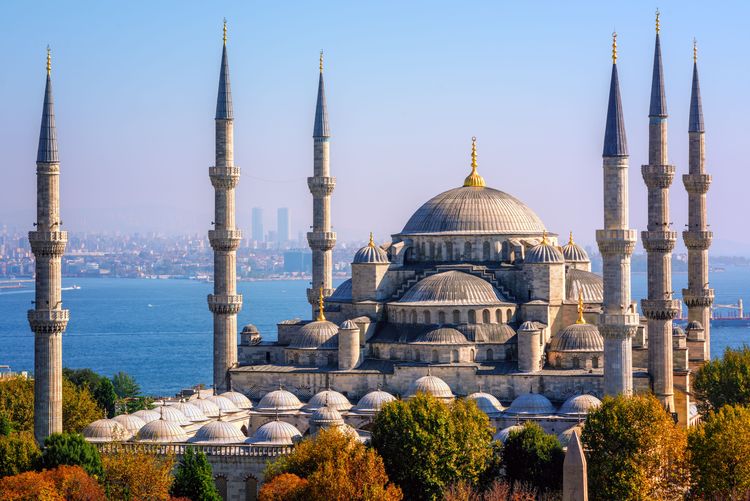
Depressed, the young sultan decided to erect the most grandiose structure the world had yet to see - the Sultanahmet Mosque. To this end, he called on the services of an architect by the name of Zedekkar Mehmet Aga. The structure was built on the site of the former Byzantine Grand Palace. The Blue Mosque in Turkey began in 1609 and was completed in 1616.
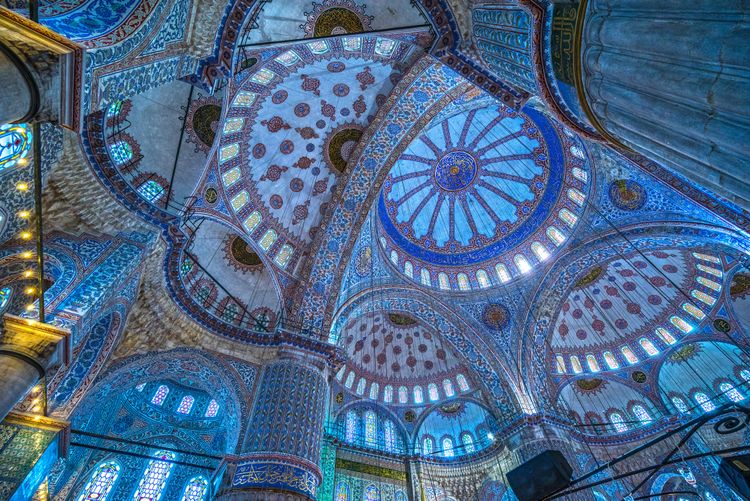
Today, Istanbul's Blue Mosque, whose construction history is highly ambiguous, is Istanbul's main mosque, and can accommodate up to 10,000 parishioners. What's more, the building has become one of the most popular attractions for its sheer size and the unique beauty of its interiors.
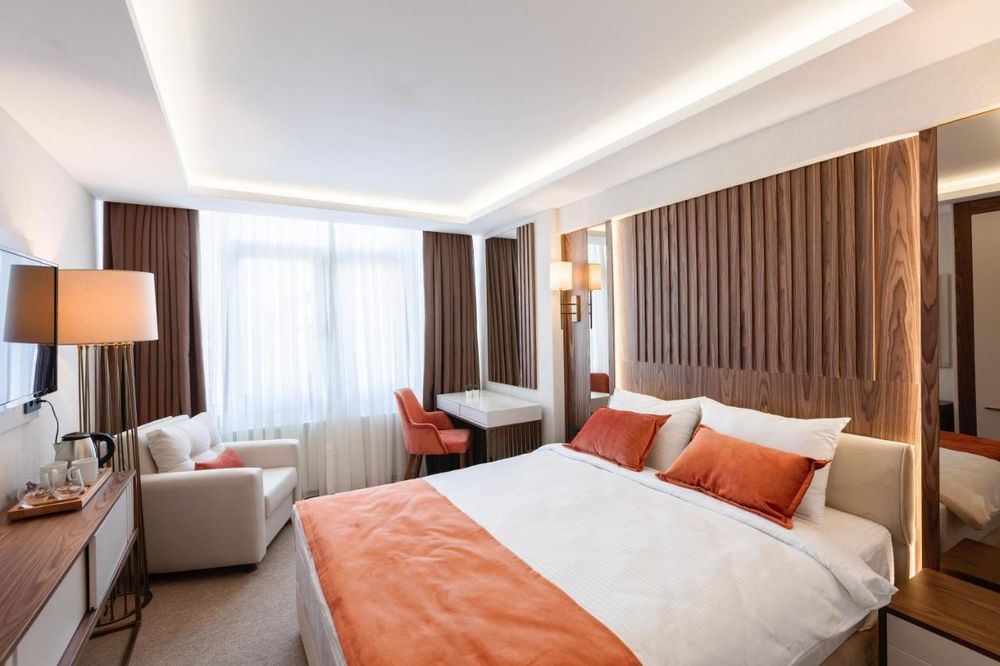 Istanbul
Istanbul
Sherry Suites Karakoy Istanbul
Magnificent hotel close to Istanbul's Taksim SquareArchitecture and interiors
When designing the Blue Mosque, the Turkish architect took Saint Sophia as his model. As a result, the architecture of the mosque today, the interweaving of two schools of architecture, the styles of Byzantium and the Ottoman Empire, are clearly visible.
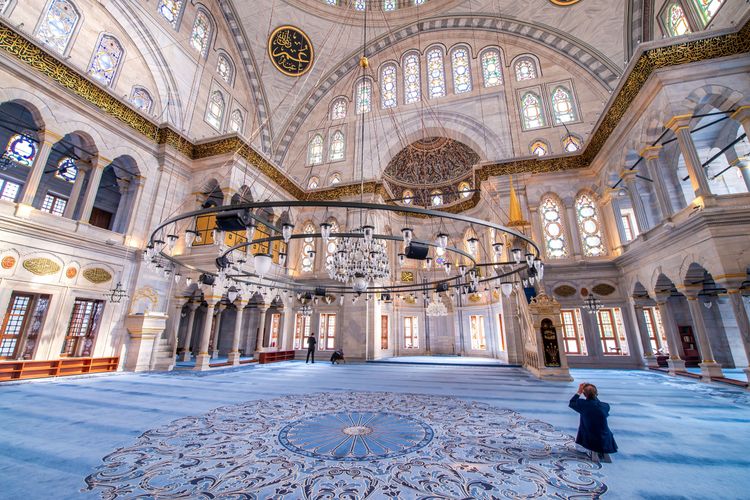
During the construction of the building, only marble and granite were used. The base of the mosque was a rectangular foundation covering an area of over 4,600 m2. At its centre is the main prayer hall, which covers an area of 2,700 m2 and is covered by a large dome with a diameter of 23.5 metres, at a height of 43 metres.
With its six minarets, the mosque boasts 260 windows, 28 of which are located on the main dome. Most of the windows are decorated with stained glass. The interior of the building is dominated by the lining of over 20,000 Iznik tiles. The main shades of tile were white-blue and reveal plant motifs of flowers, fruit and cypress trees.
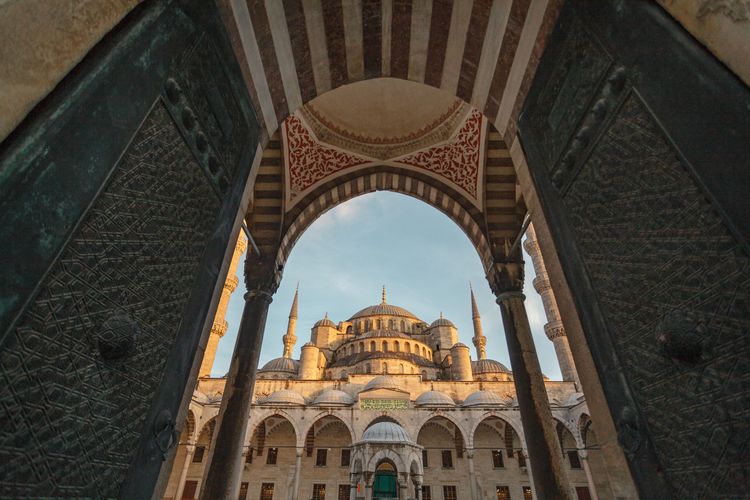
The main dome and walls are decorated with gilded inscriptions in Arabic. In the centre is an enormous chandelier with dozens of lamps, whose garlands stretch across the entire vault. The mosque's old carpets have been replaced by new ones, and shades of red with blue embellishments prevail in their colour palette.
In total, the mosque has six entrance gates, but the main one, through which tourists enter, is located on the side of the racecourse. This religious complex in Turkey includes not only a mosque, but also madrasas (Koranic schools), kitchens and charitable institutions.
Practical info
How do I get there?
The Blue Mosque is located in the Sultanahmet district, just opposite the Hagia Sophia Museum and the Museum of Turkish and Islamic Art.
The most convenient way to get there is to take the Bagcilar-Kabatas tram (line T1).
Prices and opening times: open every day, every hour, without restriction, and admission is free.
Some rules and advice: Visitors are asked to show respect during prayers in the mosque by not making noise and taking care to be well dressed.
Certain parts of the mosque used for prayers are temporarily closed to visitors during the Friday midday service.
Although entry to the Blue Mosque is free, we strongly recommend that you take a guided tour to make the most of the history of the site with the help of an official historian guide.



